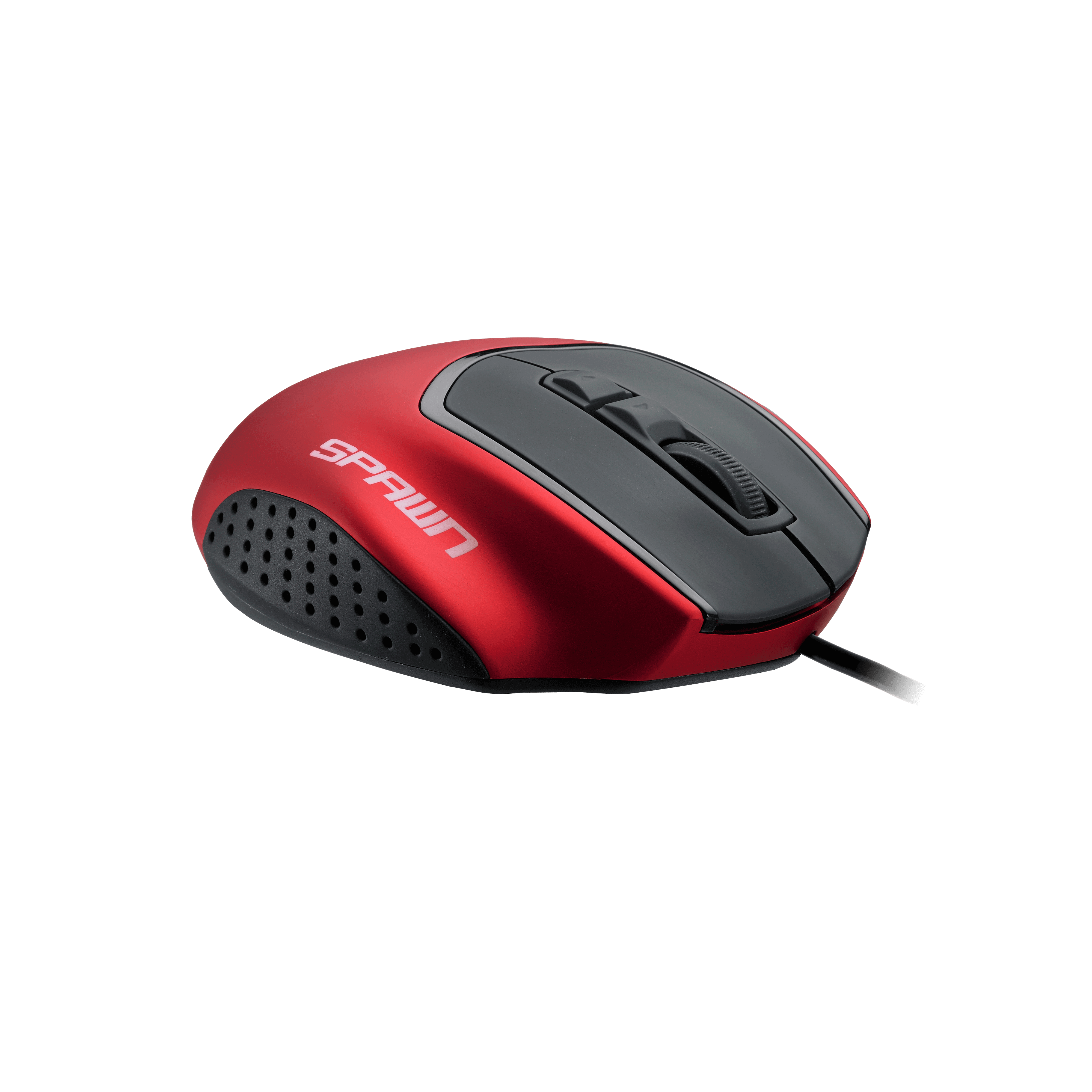

According to that data, it implements its logic in order to get to the desired comfort conditions, utilizing optimal power consumptions. desired comfort temperature) and from the surroundings (outside ambient temperature). The system gets inputs from the user (e.g. The operation logic of the VRF is fully built-in inside the system and is proprietary for each VRF manufacturer.

This is an essential part of any VRF installation.Īs for the Control, each indoor is controlled by its own wired control panel, while there are some possibilities for wireless remotes (IR) and centralized controllers, enabling controlling all indoors from one location.
Ability of modular expansion (especially applicable for large projects, that can grow in stages)Ī typical system consists of an outdoor unit (comprising one or multiple compressors), several indoor units (often mistakenly called “fan coils”), refrigerant piping running from the outdoor to the indoors, using Refnet Joints (copper distributors in pipes) and communication wiring.Ĭommunication wiring comprises a 2 wired cable chained from the outdoor to all indoors, creating an internal closed loop network. Several air handlers (indoor units) on the same refrigerant loop/circuit. Inverter compressors that allow lowering power consumption with partial cooling/heating loads.  Refrigerant only – where refrigerant is the only coolant material in the system (in contrary to the chilled water systems, where refrigerant is used for cooling/heating the water that is circulated throughout the whole system). It’s a very sophisticated technological air conditioning system, based on several principles: Think of VRF as the “Rolls-Royce” of Air Conditioning Systems. Want to proactively and intelligently diagnose, service and control your VRF HVAC?Ĭheck out CoolAutomation’s solutions for HVAC service providers and professionals: So what is VRF HVAC? This is the term that will be used for the rest of this article. Eventually, VRF became the more common term for these types of systems. All other companies use VRF (Variable Refrigerant Flow 2) for their similar HVAC systems. Based on Inverter technology compressors, the first VRV HVAC systems were invented by Daikin during the early 1980’s.Īs a technology leader in the HVAC industry, Daikin registered the VRV term (which stands for Variable Refrigerant Volume 1) as an official trademark. Actually, VRV and VRF are two different terms for the same HVAC technology. Many people mistakenly believe that VRV and VRF are two different HVAC technologies. What’s the difference between VRV and VRF?
Refrigerant only – where refrigerant is the only coolant material in the system (in contrary to the chilled water systems, where refrigerant is used for cooling/heating the water that is circulated throughout the whole system). It’s a very sophisticated technological air conditioning system, based on several principles: Think of VRF as the “Rolls-Royce” of Air Conditioning Systems. Want to proactively and intelligently diagnose, service and control your VRF HVAC?Ĭheck out CoolAutomation’s solutions for HVAC service providers and professionals: So what is VRF HVAC? This is the term that will be used for the rest of this article. Eventually, VRF became the more common term for these types of systems. All other companies use VRF (Variable Refrigerant Flow 2) for their similar HVAC systems. Based on Inverter technology compressors, the first VRV HVAC systems were invented by Daikin during the early 1980’s.Īs a technology leader in the HVAC industry, Daikin registered the VRV term (which stands for Variable Refrigerant Volume 1) as an official trademark. Actually, VRV and VRF are two different terms for the same HVAC technology. Many people mistakenly believe that VRV and VRF are two different HVAC technologies. What’s the difference between VRV and VRF?







 0 kommentar(er)
0 kommentar(er)
